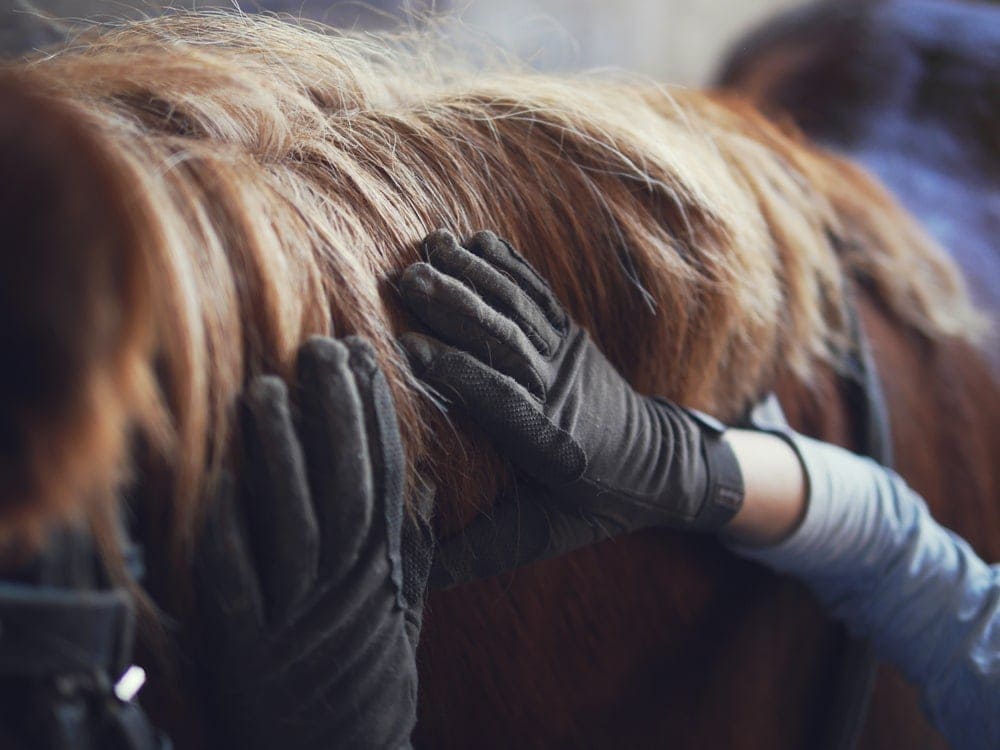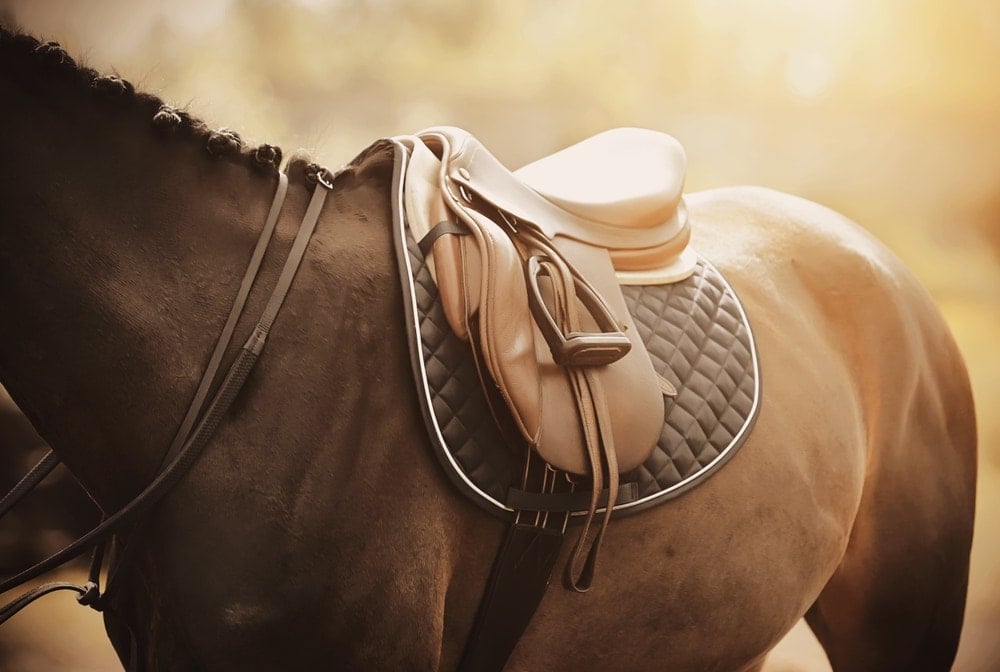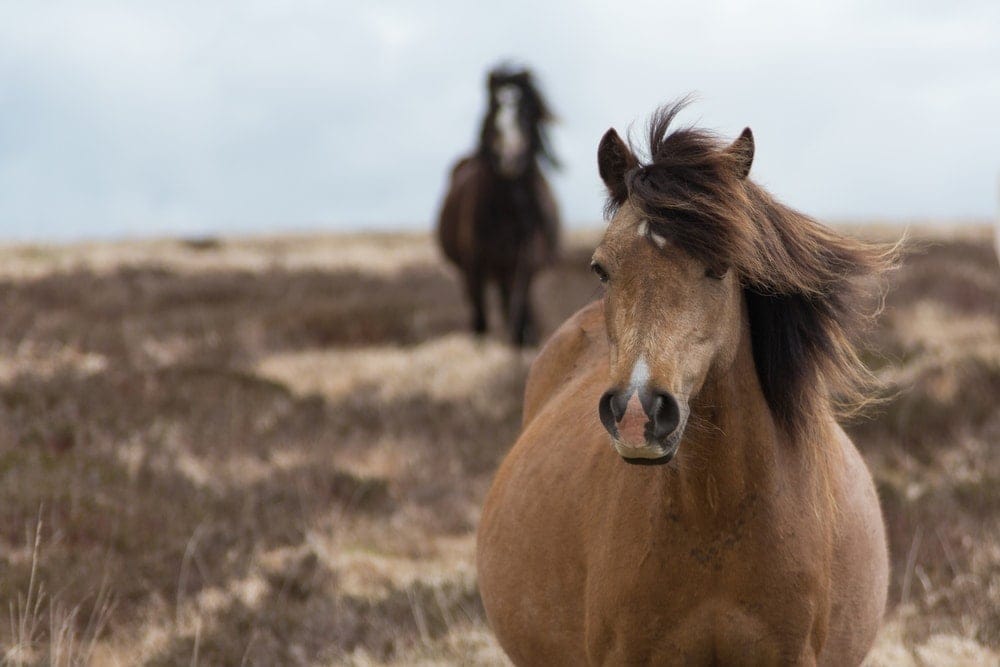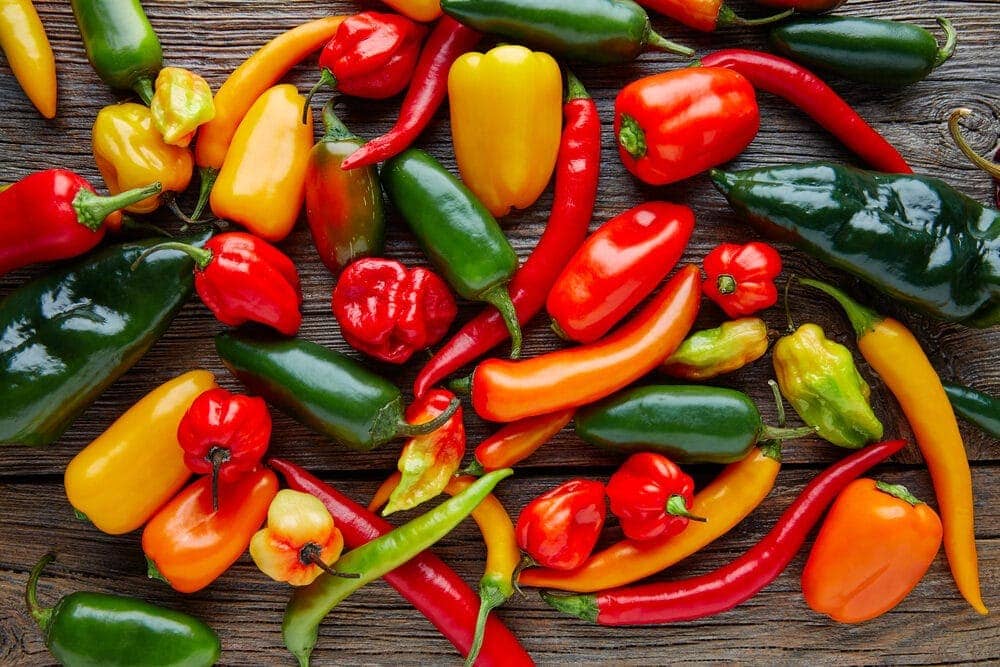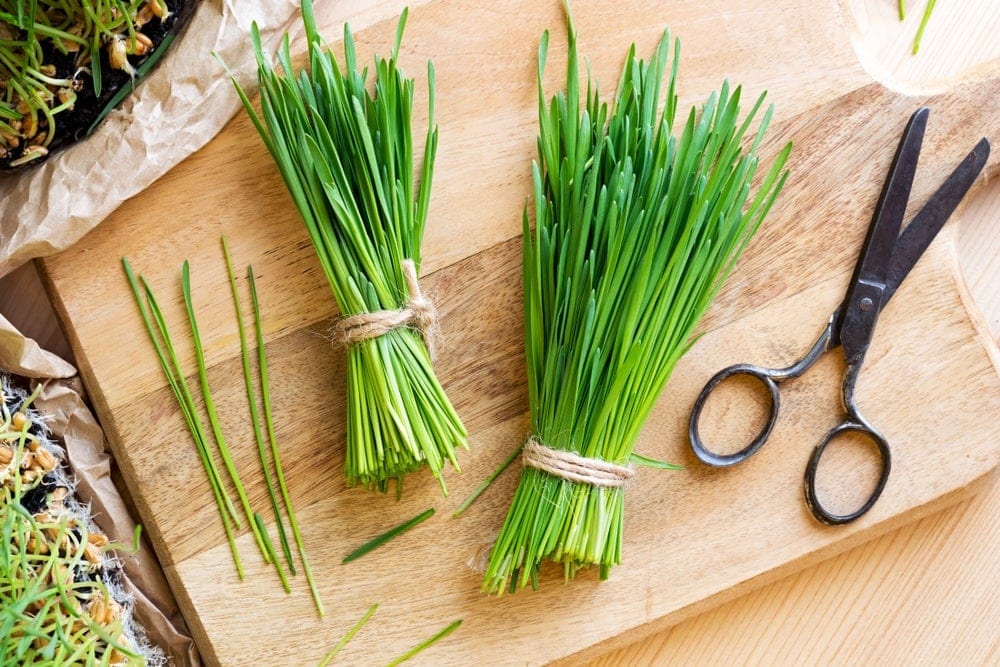At sometimes in your horse’s life, they may develop some type of skin disease or condition.
If you can identify what it is, this will help you know if you need to call your veterinarian or if it is something you can take care of yourself.
Identifying Horse Skin Diseases And Conditions
1. Rain Rot or Scald
For a horse to develop either of these, all it will take is a run of rainy, damp weather. It is also known as dermatophilosis and is a minor bacterial infection of their skin. During, wet humid weather, a specific species of the bacterium will colonize and proliferate in weak areas on a horse’s skin. When this happens, the hair on their rump and back will look like paintbrushes.
There will be elevated hair tuffs that fall out when you pick them. The skin underneath will be raw and pink looking. With good hygiene and adequate drying time, it will heal on its own. For a time, you may have to keep your horse indoors so the skin will dry and heal. If it is a severe case you may need to get an anti-bacterial drying shampoo.
Check with your veterinarian to see if it is causing your horse to be uncomfortable or if it is chronic.
2. Mange
This skin condition is caused by microscopic mites. They bite or burrow into the skin and cause intense itching. The horses most likely to be affected by mange are horses that are in poor condition, very young horses, or senior horses. There are different types of mange and they show up in different ways.
The most common type is the chorioptic mange, which lives on top of the skin and feeds on the debris found there. This usually shows up in cold weather and can easily spread to other horses that live in close quarters. This is also known as leg mange and will affect the legs generally below the knee.
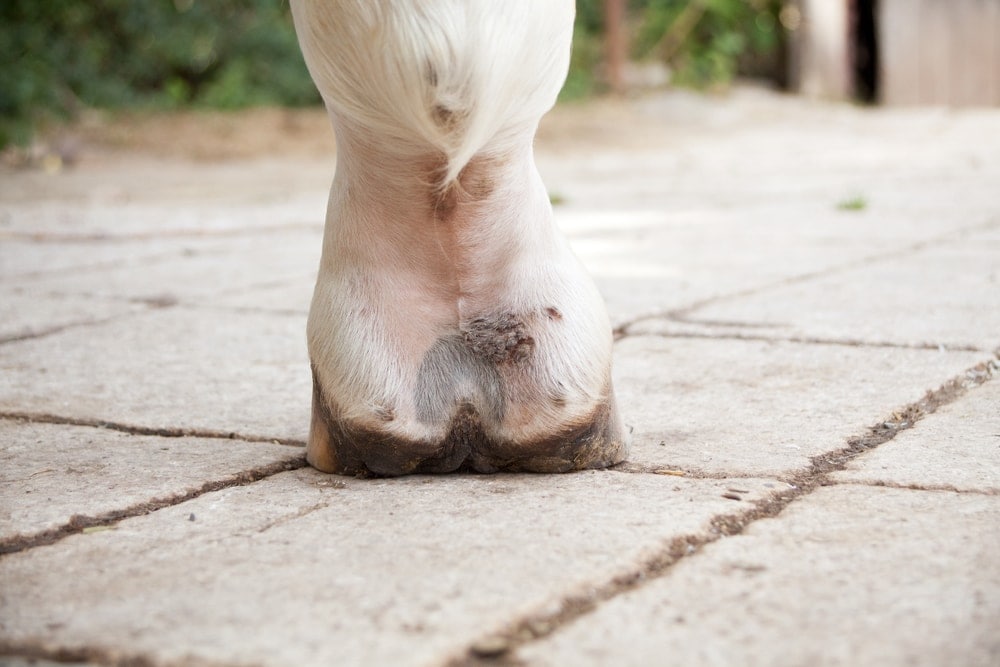
3. Ringworm
Contrary to its name, this skin condition is not caused by a worm but a fungal infection. It is zoonotic, which means you can catch it from horses. Ringworm will make your horse’s skin appear scabby and scaly. Most of the lesions will be in the shape of a ring, from where it gets part of its name, but not always. It is highly contagious and can stay in the environment for a long time.
Most of these cases will heal on their own but can take weeks to months. This is a long time to wait considering it is contagious so many veterinarians advise using a special topical treatment to help in the healing process. You will also have to sanitize all grooming equipment, tack, blankets, halters, and other equipment. Always handle the horse using disposable latex gloves. Wash your hands and clothes after contact.
4. Allergic Dermatitis
Some horses have sensitive skin. They could break out into hives if they come in contact with a certain piece of equipment or chemical. It can show up on any part of their body. To find out what has caused this, you and your veterinarian will have to do some work to find out the cause. Once the cause has been found out and kept from your horse, it should be cured. You may need some anti-histamine if your horse is uncomfortable.
5. Lice
There are only a few specific species that live on horses as they are species-specific. For example, human lice only infest humans and horse lice infest horses. If your horse has lice, you will not be infested. The lice that are on horses are usually in poor health, thin, and stressed. They make your horse very itchy. If the lice infestation is severe, it could make your horse weak and anemic. Your veterinarian may treat your horse with a dewormer to get rid of the lice.
6. Vitiligo
A horse with white markings is eye-catching but if they suddenly appear on thin-skinned areas like around their eyes, it can leave a horse owner wondering what is wrong. It is just a cosmetic issue and is caused by an auto-immune response to their pigment-producing cells dying. It is not painful or contagious. There is no treatment.
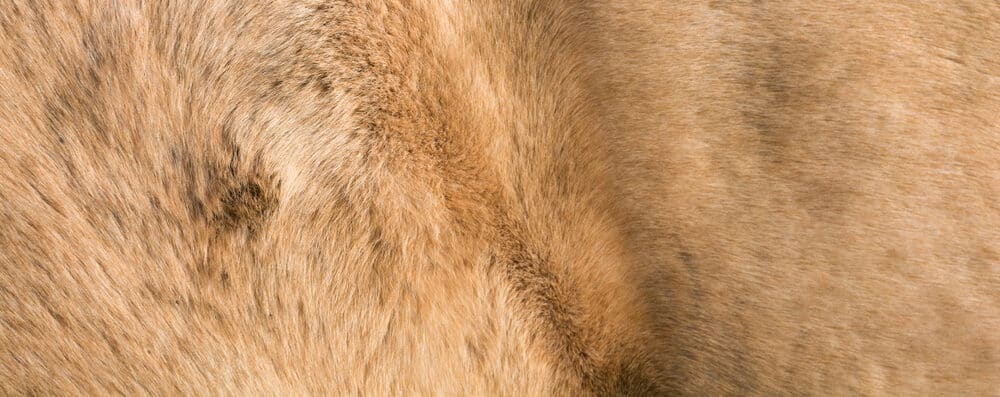
7. Greasy Heel
This is also known as pastern dermatitis or mud heel. It is dermatitis that causes the skin around their ankle to look greasy. When the condition progresses, the skin will become swollen, hot to the touch, and inflamed with scabs. It can make some horses lame. The treatment generally used is to keep their feet clean and dry. You should apply ointment after using antiseptic wipes to the areas that are affected.
8. Summer Itch
This condition is also referred to as sweet itch and is a term to describe a horse’s allergy to biting midges. Some horses are allergic to the saliva of these insects, causing their skin to over-react. They can make your horse very miserable due to extreme itchiness. The best treatment is during the seasons when these insects are out is to use insect repellant and fly sheets on your horse.
Horses can also get warts, which are no bigger than peas, pink in color, and are found around the eyes, muzzle, on the lower legs, ears, or genitals. They are harmless and will disappear in a few months.
Conclusion
- There are so many skin diseases and conditions that it is hard to recognize all of them. If you are unsure, have your horse examined by their veterinarian.
- It is important to remember that ringworm is highly contagious and you can get it from your horse.
- A horse can also get dandruff, which is often hereditary. There is no way to cure it completely but you can manage it with dandruff shampoo made especially for horses.
- Many times, these skin diseases and conditions are caused by an underlying problem that will need medical advice. Finding and taking care of the underlying problem will help to treat the skin condition.
